Professional septic tank pumping that prevents backups, protects your property, and keeps your system running smoothly.
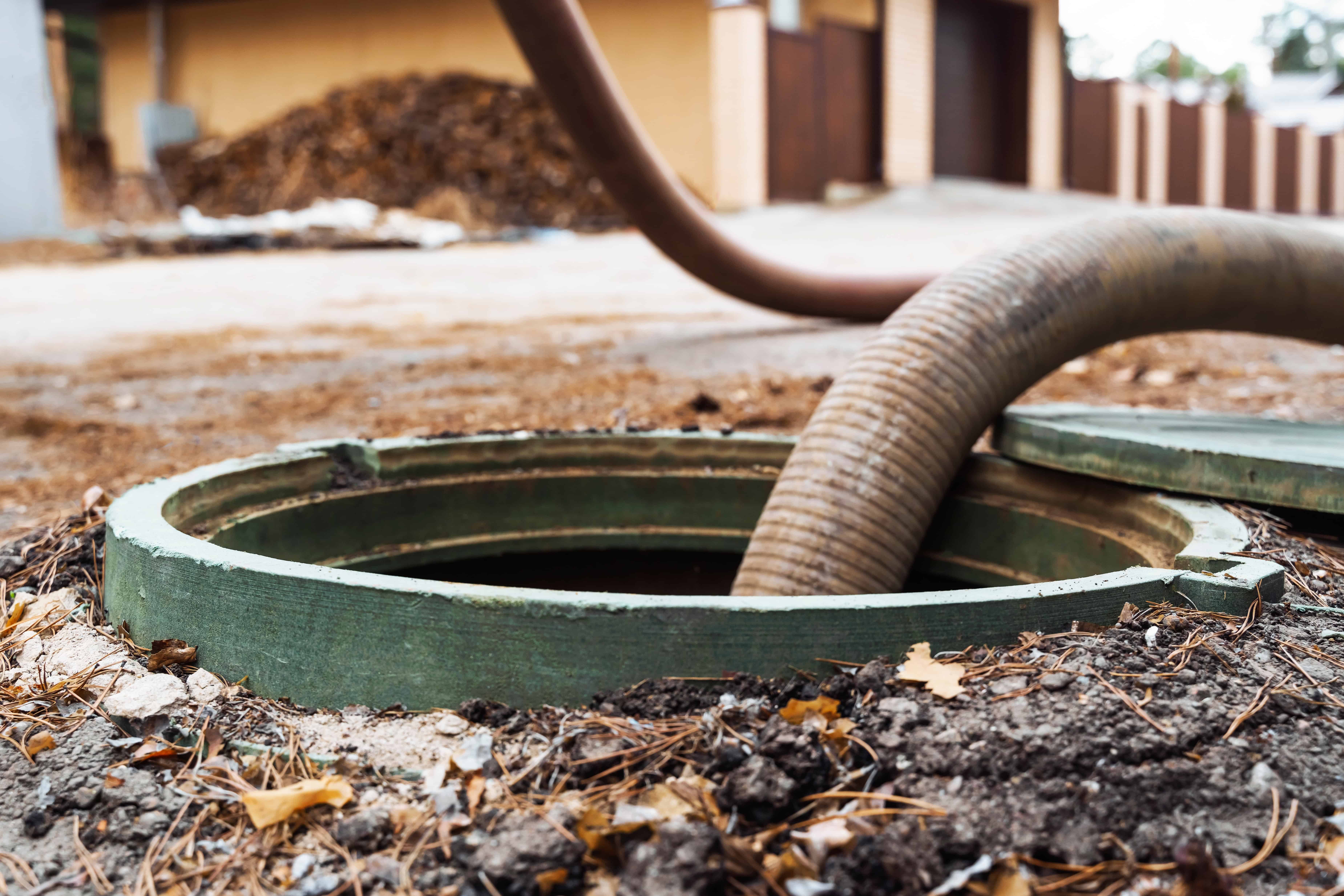
Hear from Our Customers
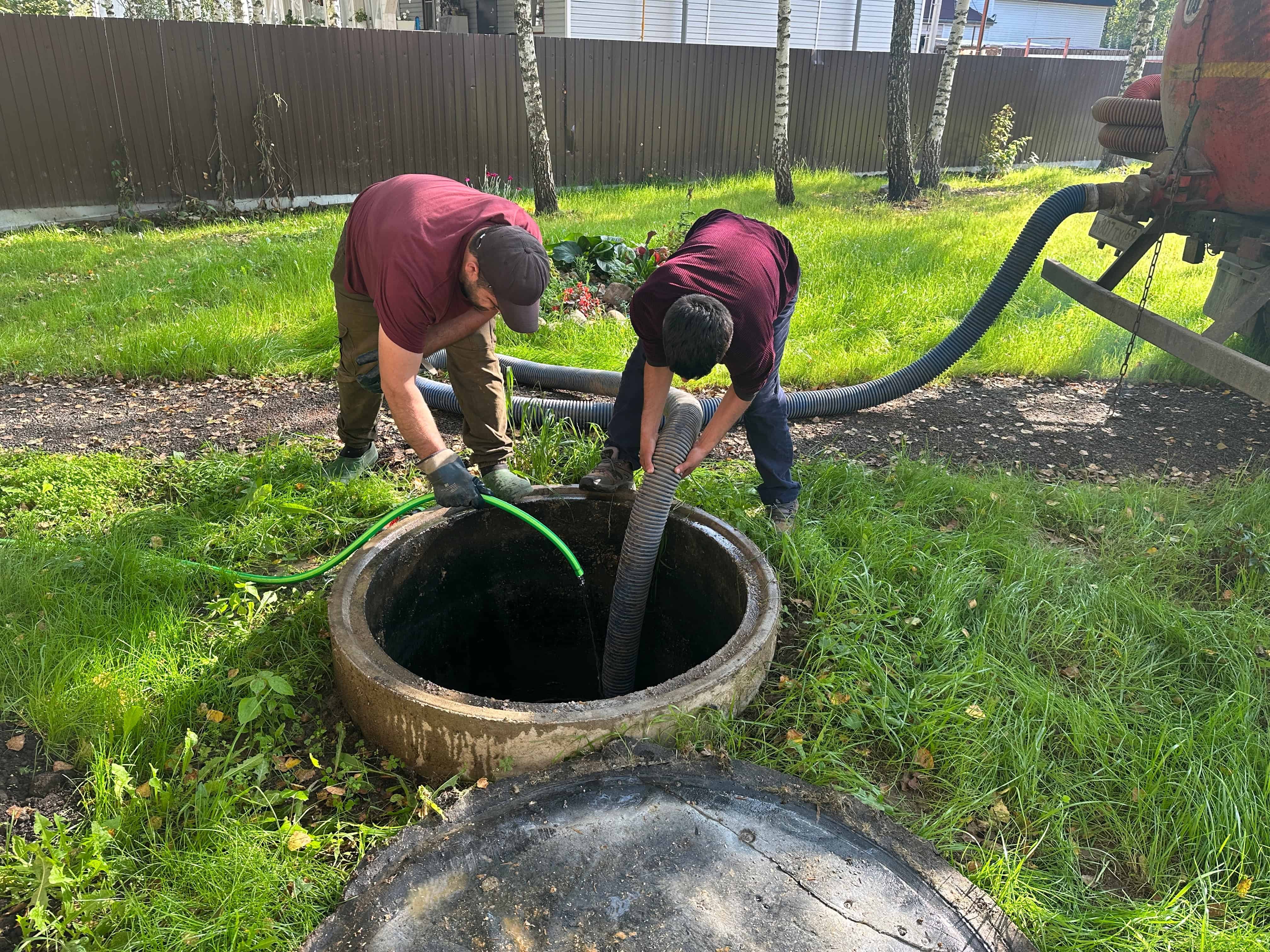
Your septic system handles everything you flush, wash, and drain every single day. When it’s working right, you don’t think about it. When it’s not, you can’t think about anything else.
Regular septic tank pumping removes the accumulated sludge and scum that naturally build up over time. Without this removal, solids overflow into your drain field, causing expensive damage that can cost thousands to repair. You avoid the nightmare of sewage backing up into your home, the health risks that come with it, and the property damage that follows.
Most systems in Port Jefferson Station need pumping every 3-5 years, depending on household size and usage. But the real benefit isn’t just maintenance—it’s the peace of mind that comes from knowing your system won’t fail when you least expect it.
We’ve been handling septic and cesspool services throughout Suffolk County for years. We understand the unique challenges that Long Island’s soil conditions and water table create for septic systems.
You’re not getting a generic approach from us. We know the local regulations, the proper disposal requirements, and how systems behave in this area. Our technicians are licensed, insured, and equipped with professional-grade equipment that gets the job done right.
We’ve seen what happens when septic maintenance gets ignored or done incorrectly. That’s why we focus on thorough service and straight talk about what your system actually needs.
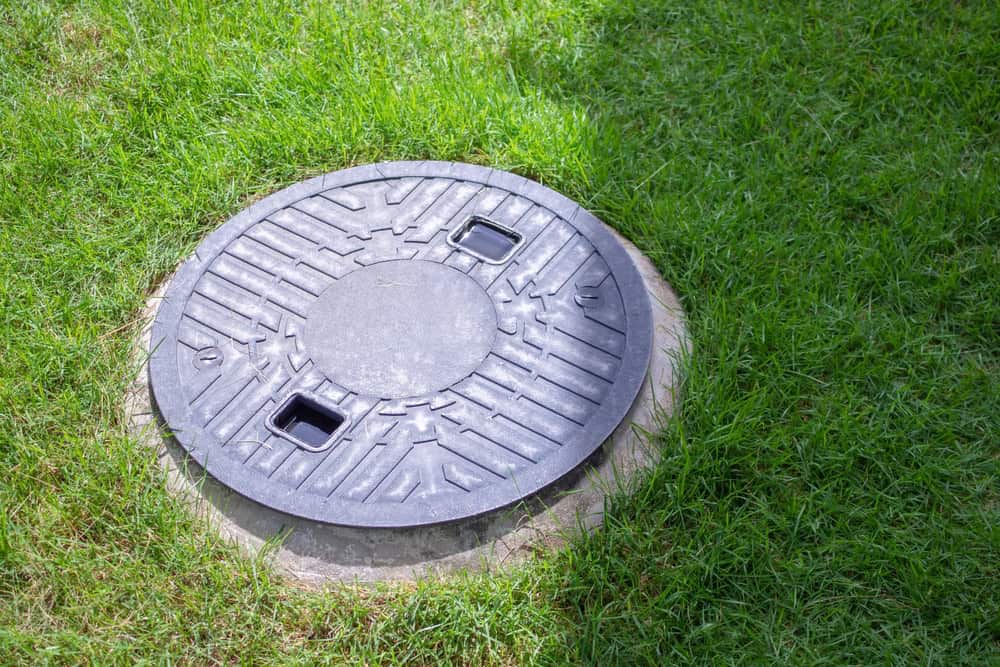
First, we locate and uncover your septic tank access port. We inspect the tank to assess sludge and scum levels, checking for any obvious issues with baffles or the tank structure itself.
Next, we use professional vacuum equipment to pump out all liquid waste, sludge, and floating scum. This isn’t a partial cleaning—we remove everything so your system can function properly. We also check the condition of your tank and note anything that might need attention down the road.
Finally, we properly dispose of all waste at licensed treatment facilities, following New York State environmental regulations. We’ll let you know what we found, give you a realistic timeline for your next pumping, and answer any questions about your system’s condition. The whole process typically takes 30-60 minutes, depending on tank size and access.
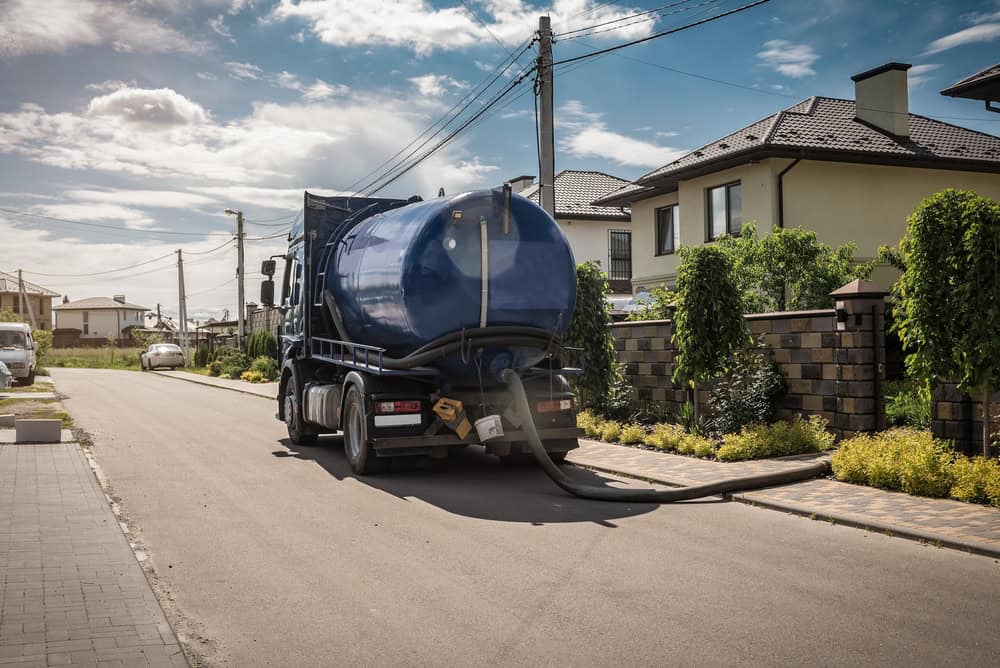
Ready to get started?
Every septic pumping includes complete removal of all tank contents—not just the liquid waste. We remove the sludge layer at the bottom and the scum layer at the top, giving your system a fresh start.
You get a visual inspection of your tank’s condition, including baffles, inlet and outlet pipes, and overall structural integrity. We’ll spot potential problems before they become expensive emergencies. Our equipment handles tanks of all sizes, and we come prepared for difficult access situations.
We also provide realistic guidance about your pumping schedule based on your household size and actual usage patterns. No scare tactics, no overselling—just practical advice from technicians who’ve seen thousands of systems in the Port Jefferson Station area and know what works.
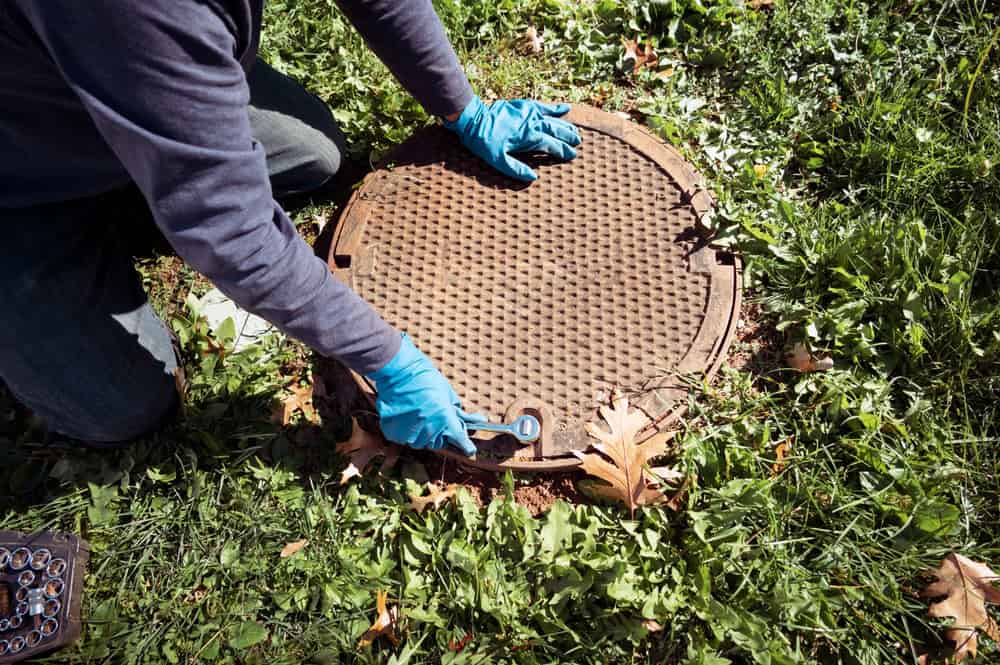
Don’t let cesspool issues disrupt your day. Reach out now for a free estimate and expert service.
©2025 Quality Cesspool All Rights Reserved. SEO Company NYC – Web Design & SEO by Hozio